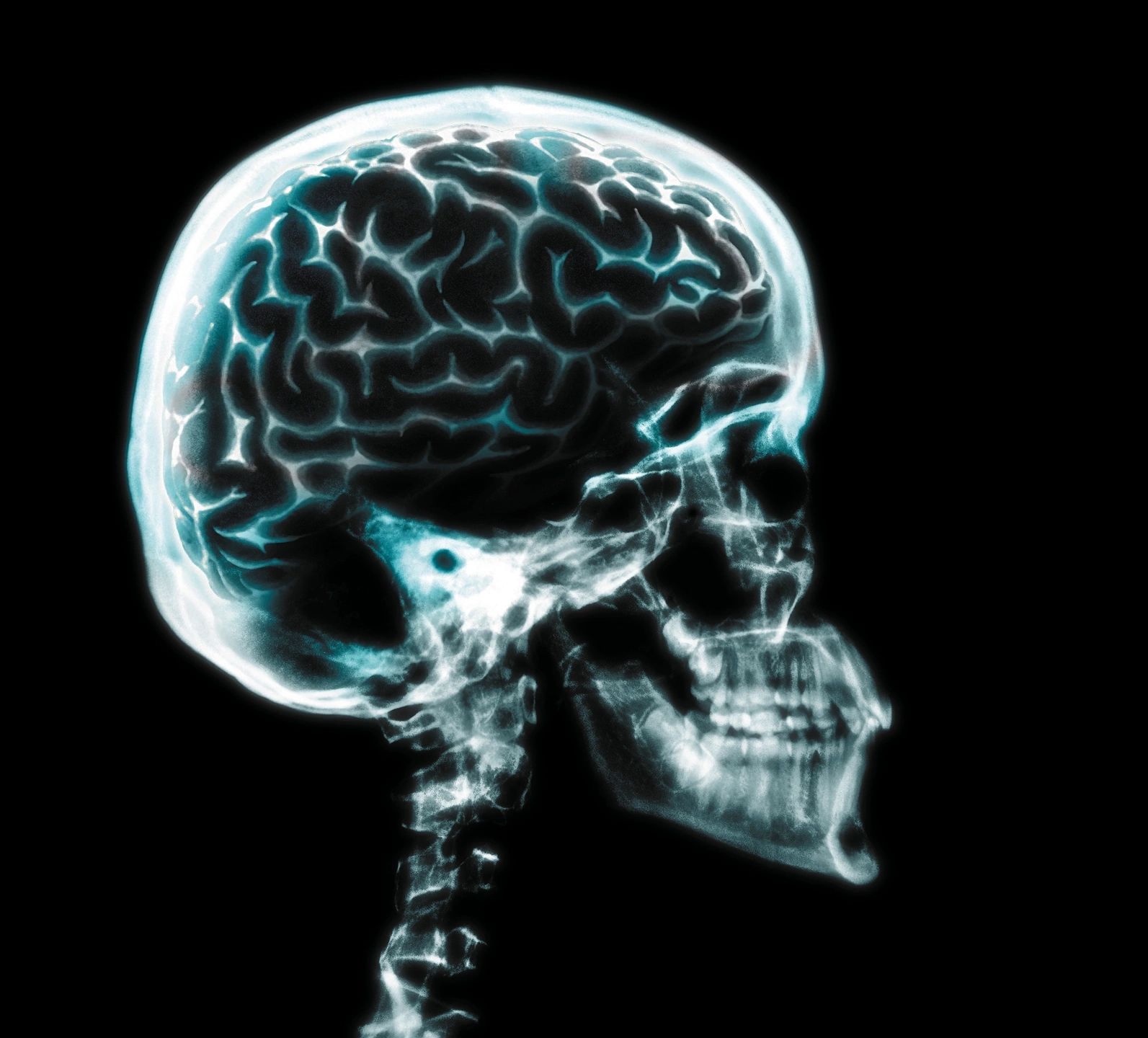Stroke Medical Malpractice

STROKES
Strokes can happen at any age, but when strokes happen in otherwise healthy young people, they are most often caused by what is known as a vertebral artery dissection (“VAD”). VAD is often completely painless and can happen with even the slightest stretching of the neck. Not every VAD goes on to cause a stroke.
SIGNS AND SYMPTOMS
Because there is a very narrow time window for effective treatment of stroke, knowing how to recognize the signs and symptoms of stroke can mean the difference between life and death.Some common signs and symptoms of stroke include:
- Sudden onset of weakness, heaviness, or numbness, on one or both sides of your body. For example, dragging a leg, not able to move an arm.
- Sudden loss of language. For example, wanting to say a word but not being able to get it out.
- Sudden loss of vision on one or both sides.
- Sudden onset of blurry vision.
- Sudden onset of facial drooping, speech slurring, or drooling.
- Sudden loss of balance.
- Sudden onset of a severe headache
If you see or experience any of these signs, dial 911 immediately and say you suspect stroke. Ask to be taken to the nearest possible stroke center.
STROKE TREATMENT
The front-line treatment for ischemic stroke is a clot-busting drug called tPA, given within 3 hours of onset of stroke symptoms. For certain patients, the drug can be given up to 4.5 hours after onset of stroke. After 4.5 hours, the risk of life-threatening bleeding outweighs the benefits of the drug. This 3 to 4.5-hour timeframe is sometimes referred to as the “window” for treatment. In some stroke centers, depending on the type of stroke, tPA may be given up to 12 hours or more after onset.
For patients with hemorrhagic strokes, surgery may be necessary to relieve the pressure building up inside of the skull. Not all facilities have neurosurgeons available on staff, and transfer to a facility that has a neurosurgeon may be necessary.
Malpractice cases may be based on the failure to administer tPA or the failure to transfer the patient to a more appropriate hospital (such as a Certified Stroke Center), where appropriate treatment can be given before it is too late to help.
WE ARE HERE TO HELP
Some stroke patients die, and some survive but must endure a lifetime of disabilities. The families of stroke victims are often unexpectedly left in the position of caring for a previously able-bodied person, which can take a tremendous toll both emotionally and financially.
A consultation with an experienced stroke medical malpractice attorney at our firm is always free. We routinely investigate stroke care, with a keen eye towards assessing whether different care should have been offered and whether it would have resulted in a significantly better outcome for the patient.




